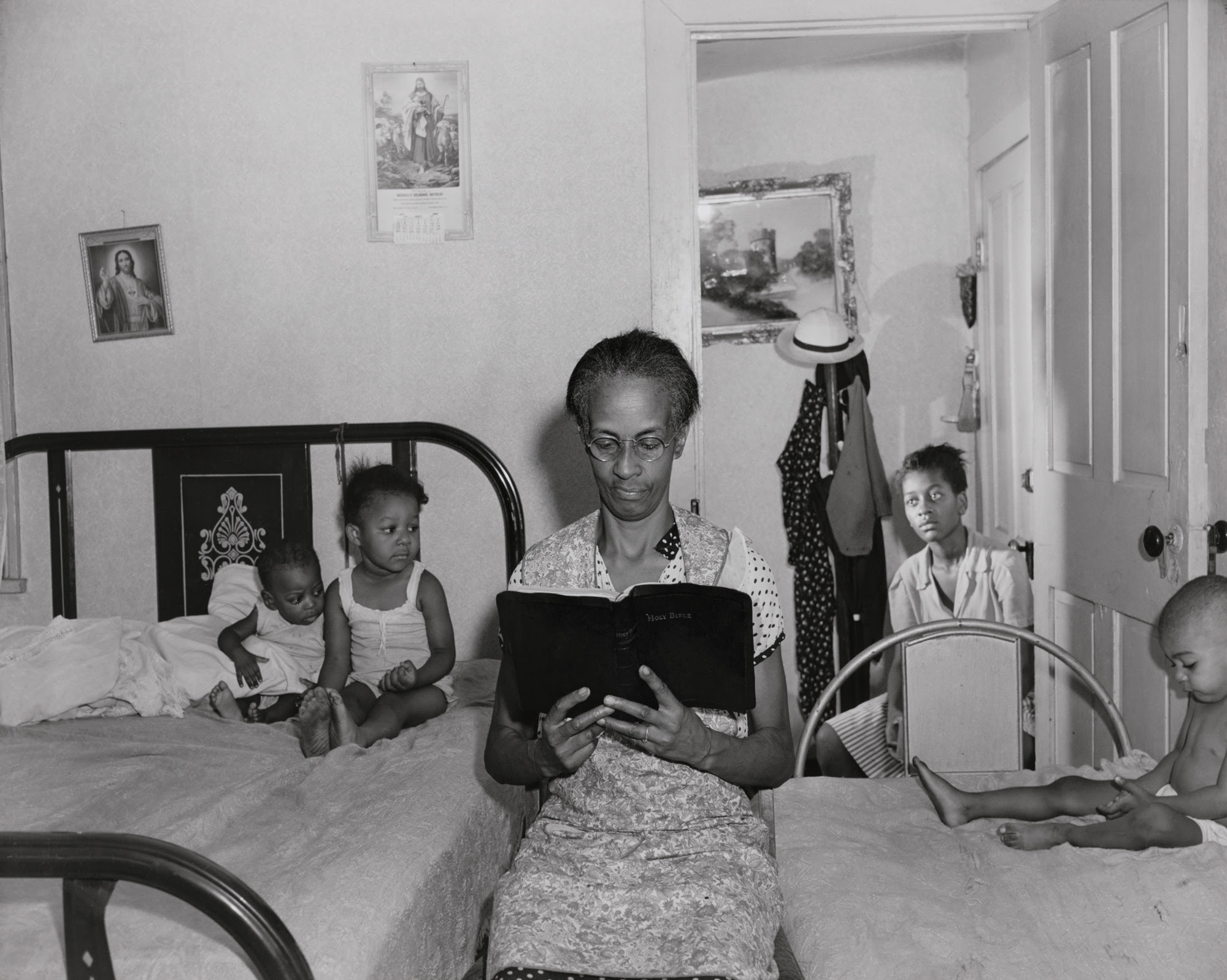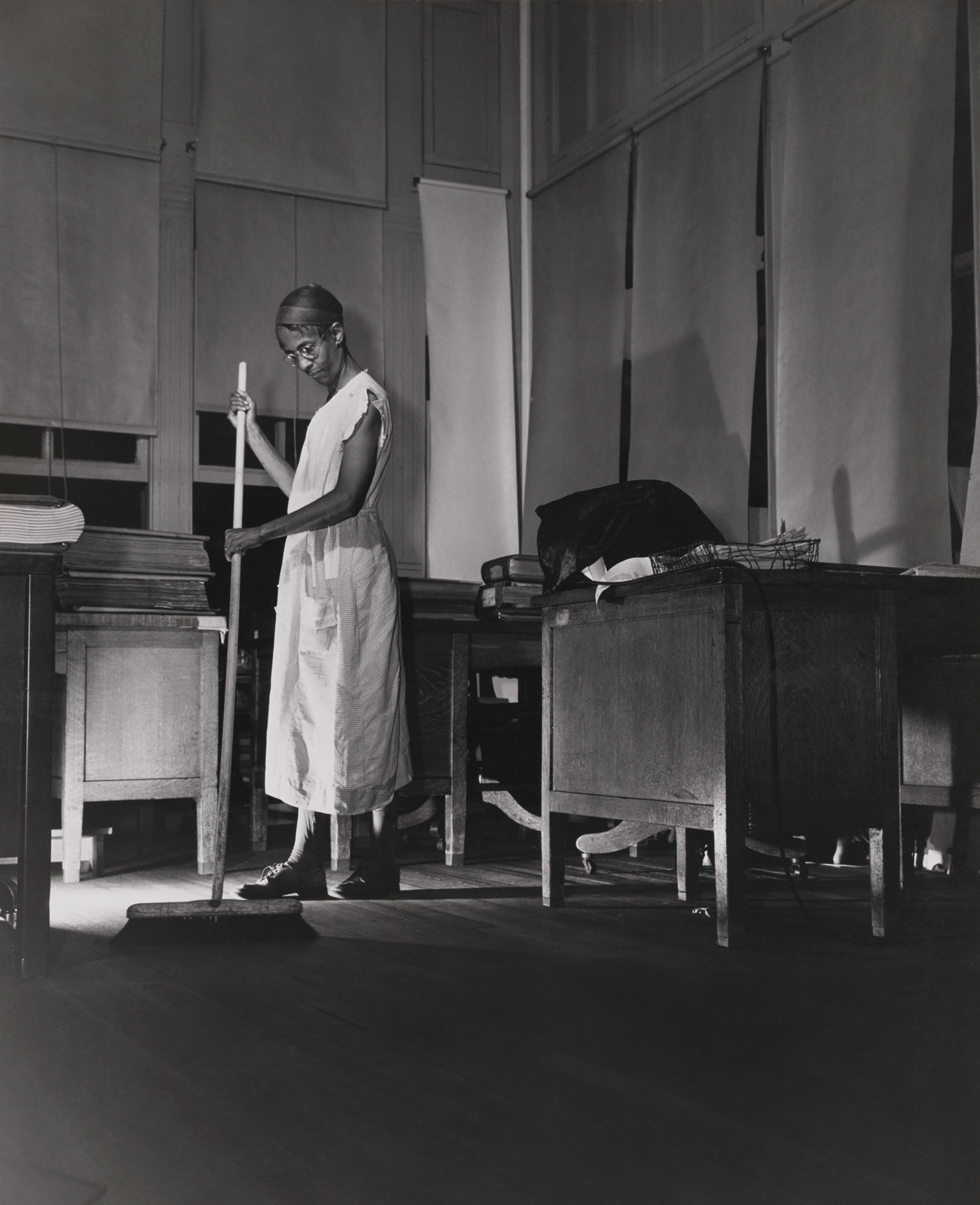Gordon Parks' iconic American Gothic series of photos showcased with a new book and exhibition
Gordon Parks' portrait of government worker Ella Watson is among the most renowned portraits in history, but few know that it was part of a larger body of work that will now be shown in a new book and exhibition

The famous portrait, titled American Gothic, is a modern recreation of the Grant Wood painting and is part of an extensive collaboration between Parks and Watson. The documentary project provides a window into the everyday life of "one woman’s position within the racial, professional, and economic hierarchies that stratified the nation’s capital".
Gordon Parks is considered one of the greatest photographers of all time and among my personal favorites. While he was well known for his portraits of famous faces such as Muhammad Ali and Malcolm X, the majority of Park's work focused on the overall "American culture, social justice, race relations, the civil rights movement, and the Black American experience". His images have been responsible for highlighting important issues throughout American history, many of which as a staff photographer for Life Magazine.
• See our guide to the best cameras for portraits

The collaboration between Parks and Watson was very much aligned with this, and he created a portrait that stretched the definition, documenting all aspects of her life. Parks met Watson in the Farm Security Administration government building in Washington DC where they both worked in the 1940s - Parks as a photography fellow, and Watson as a custodian. At the time Parks was searching for a way to visually represent the realities of living in racially segregated Washington DC, so he was drawn to Watson as a subject.
Gordan Parks states, "At first, I asked her about her life, what it was like, and so disastrous that I felt that I must photograph this woman in a way that would make me feel or make the public feel about what Washington D.C., was in 1942. So I put her before the American flag with a broom in one hand and a mop in another. And I said, "American Gothic"—that's how I felt at the moment. I didn't care about what anybody else felt. That's what I felt about America and Ella Watson's position inside America."
The resulting work provided viewers with an in-depth look at reality, composing an intimate 'portrait of black life' that focused on more than capturing an image of her face, but focusing on everyday activities, including work routines, family meals, and church services. Like many, Watson was so much more than a custodian of the building in which they worked, she was a pillar of her family and her faith community. The resulting images captured a tender yet unflinching look at her life, captured in a way only Park's could.

American Gothic: Gordon Parks and Ella Watson is published by Steidl and co-published with The Gordon Parks Foundation and The Minneapolis Institute of Art and is available for pre-order now for April 2024 release. 136 images along with accompanying texts result in an important body of work that shows the reality of so many.
Get the Digital Camera World Newsletter
The best camera deals, reviews, product advice, and unmissable photography news, direct to your inbox!
The work is also currently on exhibition at The Minneapolis Institute of Art, where it will be on display until June 2024. Organized by MIA in collaboration with the Gordon Parks Foundation, American Gothic: Gordon Parks and Ella Watson features 50 of the iconic images of this must-see work!
Check out 100 quotes about photography by famous photographers

Kalum is a professional photographer with over a decade of experience, also working as a photo editor and photography writer. Specializing in photography and art books, Kalum has a keen interest in the stories behind the images and often interviews contemporary photographers to gain insights into their practices. With a deep passion for both contemporary and classic photography, Kalum brings this love of the medium to all aspects of his work.
